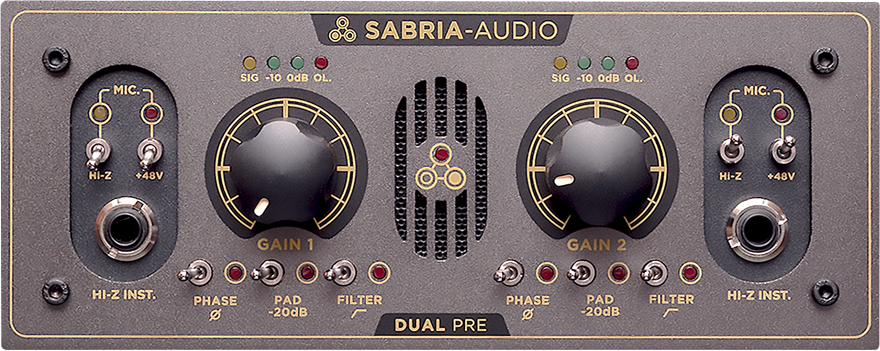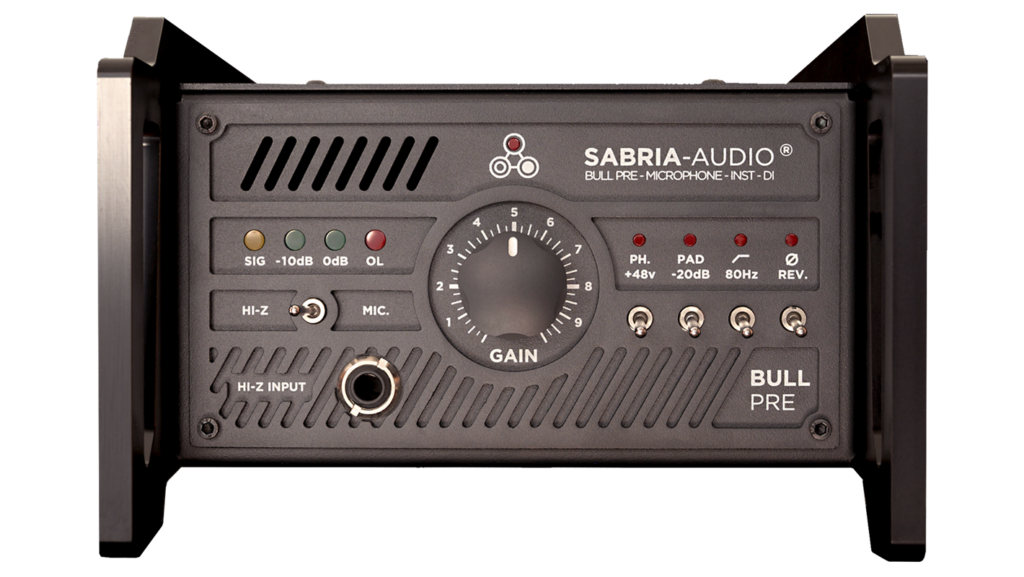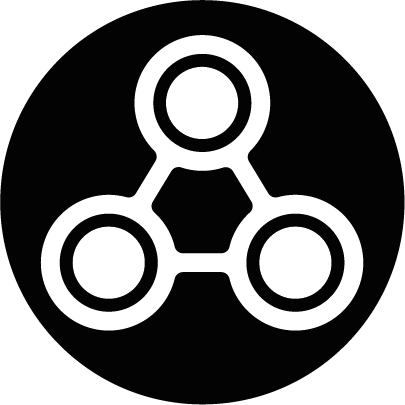Pro-tip #3
Sabria-Audio®
What is a DI Box ?
Useful ? No.... Much more !
A DI box, or direct injection box, is a device used in audio engineering and sound reinforcement to convert high-impedance, unbalanced signals into low-impedance, balanced signals. The term "DI" stands for "direct input" or "direct injection." DI boxes are commonly used in situations where you need to connect electronic musical instruments, such as guitars and keyboards, to audio systems, mixers, or recording equipment.
A - Primary functions of a DI box include:
Impedance Matching: Instruments like electric guitars have high-impedance (High-Z) outputs, often in the range of hundreds of kilohms. Mixing boards, audio interfaces, and other professional audio equipment typically expect low-impedance (Low-Z) inputs, which might be in the range of a few hundred ohms. Connecting these instruments directly to a mixer or recording device with low-impedance inputs can result in signal degradation and loss of high-frequency content. A DI box helps match the impedance, ensuring a clean and accurate signal transfer.
Balancing Signals: DI boxes often provide balanced outputs. Balanced signals are less susceptible to interference and noise over long cable runs, making them ideal for professional audio applications.
Ground Isolation: DI boxes can also include ground lift switches or transformers to address ground loop issues. Ground loops can cause unwanted hum or buzzing in audio systems, and a DI box can help mitigate these problems.
Signal level adjustment Some DI boxes have a pad switch or level control to adjust the input signal level. This is particularly useful when dealing with high-output instruments or signals that could overload the input stage of the connected equipment.
Applications Live Sound and Recording: DI boxes are essential in live sound reinforcement to connect instruments directly to the mixer. In the studio, they are used to interface instruments with audio interfaces or recording consoles, ensuring clean and noise-free recordings.
Understanding the technical aspects of a DI box is crucial for audio engineers and musicians to optimize signal flow, minimize noise, and maintain the highest possible audio quality in both live and studio settings.
B - Types of DI Boxes:
Active DI boxes use electronic circuitry, often including a preamplifier powered by batteries or phantom power. Passive DI boxes, on the other hand, rely on transformers for impedance conversion and do not require external power. Active DI boxes can provide gain, making them suitable for low-output instruments.
Active Di Box
- Amplification: Active DI boxes include built-in electronic circuits and often have a preamplifier. This allows them to provide signal amplification, making them suitable for instruments with low-output pickups. The active circuitry requires power, which is typically supplied by batteries or phantom power from a mixing console or audio interface.
-Impedance Matching: Active DI boxes can better handle mismatched impedance scenarios. They actively adjust the impedance of the input signal to match the desired output impedance, ensuring optimal signal transfer and minimizing signal loss.
- Versatility: Active DI boxes are versatile and can accommodate a wider range of input signal levels. They are particularly useful for instruments with passive pickups or those with weak output signals, such as certain acoustic guitars or basses.
- Additional Features: Some active DI boxes include features like EQ controls, ground lift switches, and phase inversion switches, offering more options for shaping the sound and addressing common issues in various setups.
Passive Di Box
- No Amplification: Passive DI boxes, in contrast, do not contain electronic amplification circuits. They rely on transformers for impedance matching and signal transformation without altering the signal level. As a result, they don't require external power.
- Impedance Matching: Passive DI boxes use transformers to match the input impedance of the instrument to the desired output impedance. While this ensures impedance compatibility, passive DI boxes are generally better suited for instruments with higher output levels.
- Simplicity: Passive DI boxes are straightforward in design and operation. They are often preferred for their simplicity and transparency, especially when dealing with instruments that have active electronics or sufficient output level.
- Durability: Passive DI boxes are often considered more durable due to their simplicity. They don't have electronic components that could be susceptible to damage or wear over time.
C - Choosing Between Active and Passive DI Boxes:
Instrument Type: Consider the type of instrument you're connecting. Active DI boxes are often preferred for instruments with passive pickups or low-output sources, while passive DI boxes may be more suitable for instruments with active electronics or higher output levels.
Power Requirements: If you prefer a DI box that doesn't require external power and has fewer potential points of failure, a passive DI box might be a good choice. Active DI boxes, on the other hand, offer additional amplification but require power.
Tonal Preferences: Some musicians and engineers have tonal preferences based on the characteristics of active or passive DI boxes. Active DI boxes may add a touch of color or allow more tonal shaping, while passive DI boxes are known for their transparency.
Ultimately, the choice between active and passive DI boxes depends on your specific needs, the type of instrument you're using, and your preferences for signal processing, tonal characteristics and the desired sonic outcome.
We are currently working on our DIp-One & DIp-Two, as a mono & dual-channel passive DI Box, with one of the best transformer of the market, called the Lundahl LL1935 to ensure pure, dynamic and transparent sound process. The DIp-One has two jack inputs, one for the main input, the second can be used to link your input source OR to merge stereo inputs (with a selector.) A -20dB attenuator, a ground/lift selector, a Phase Reverse switch, and obvioulsly the main Xlr output. Don't miss the release of the new Sabria-Audio products suscribing on the Sabria-Audio Homepage.







